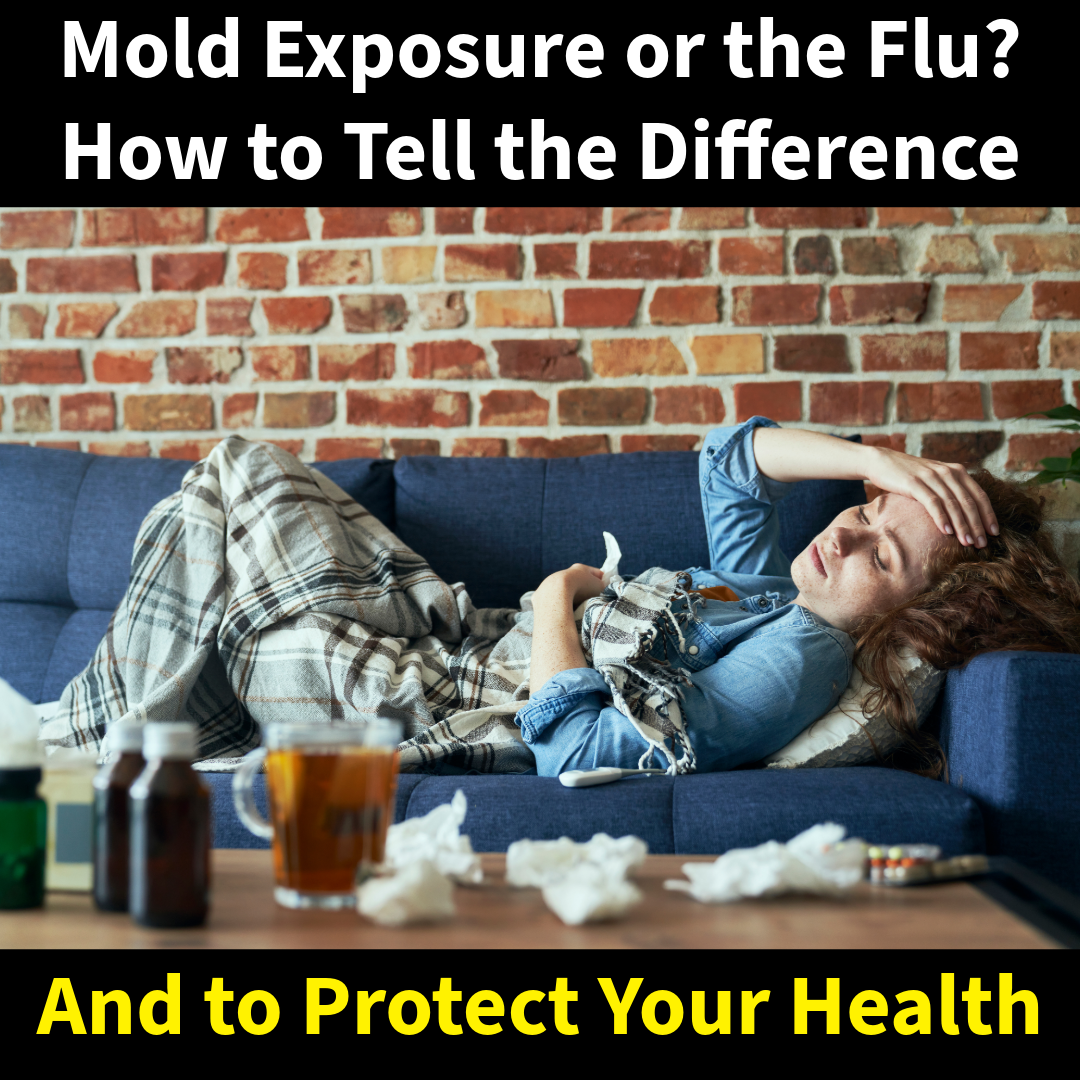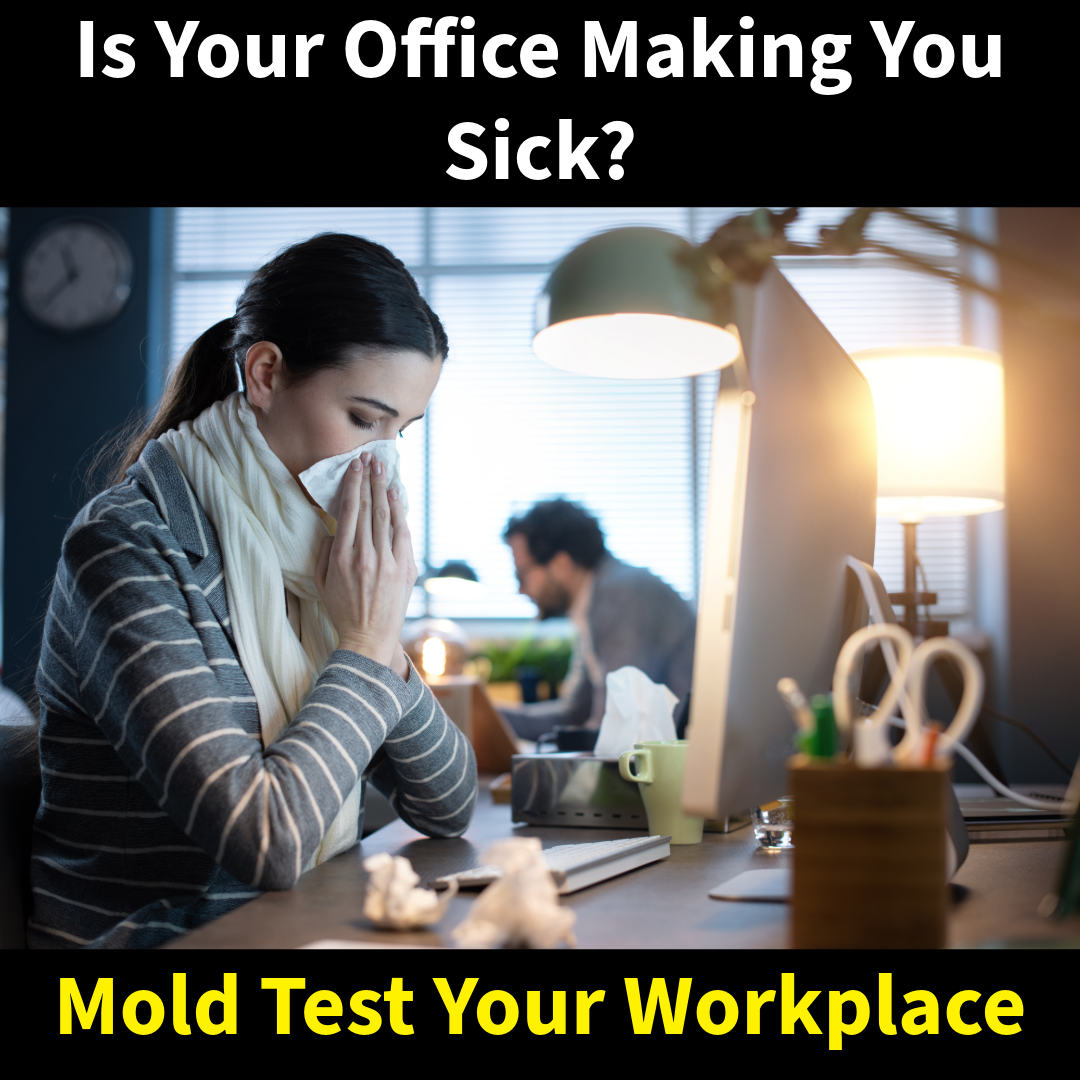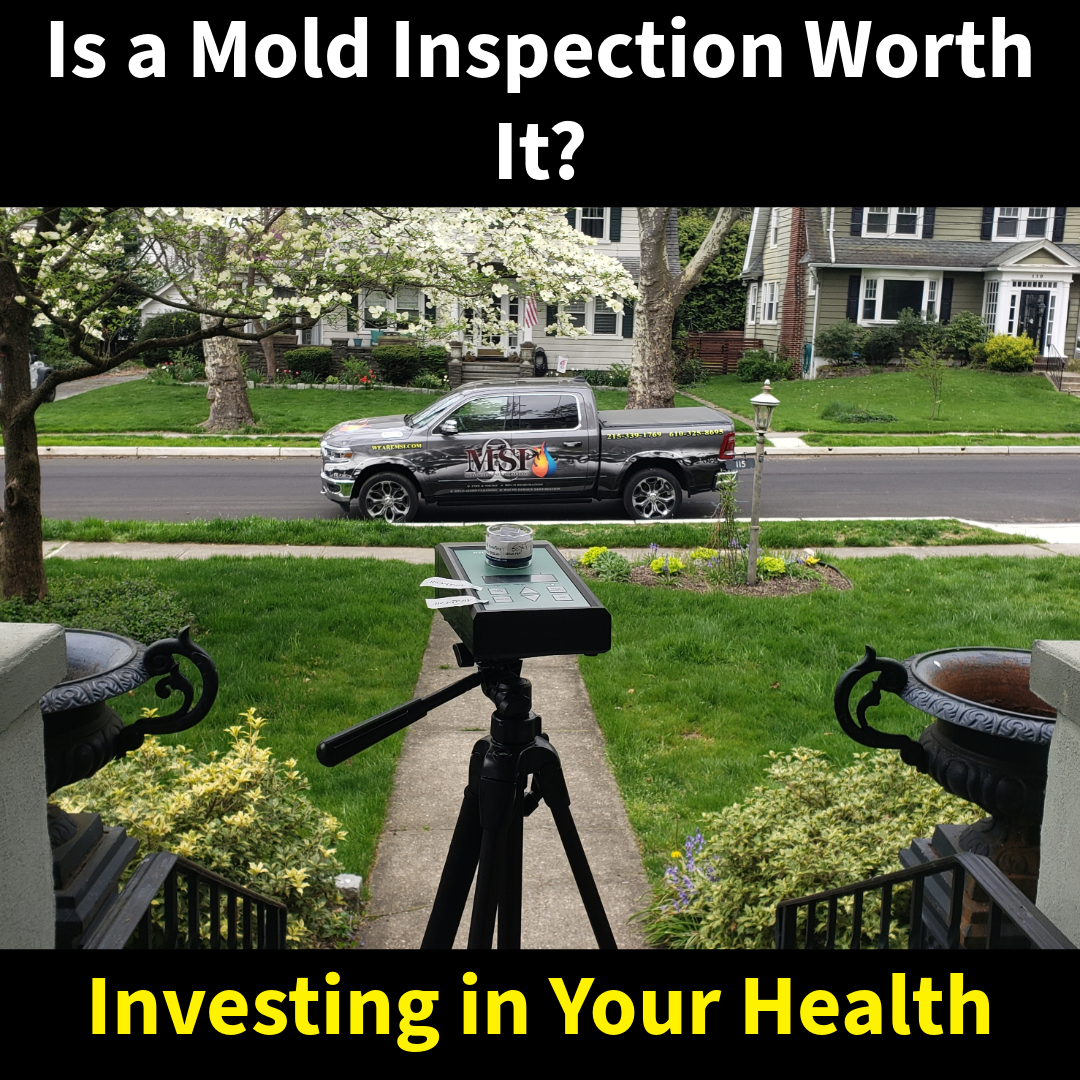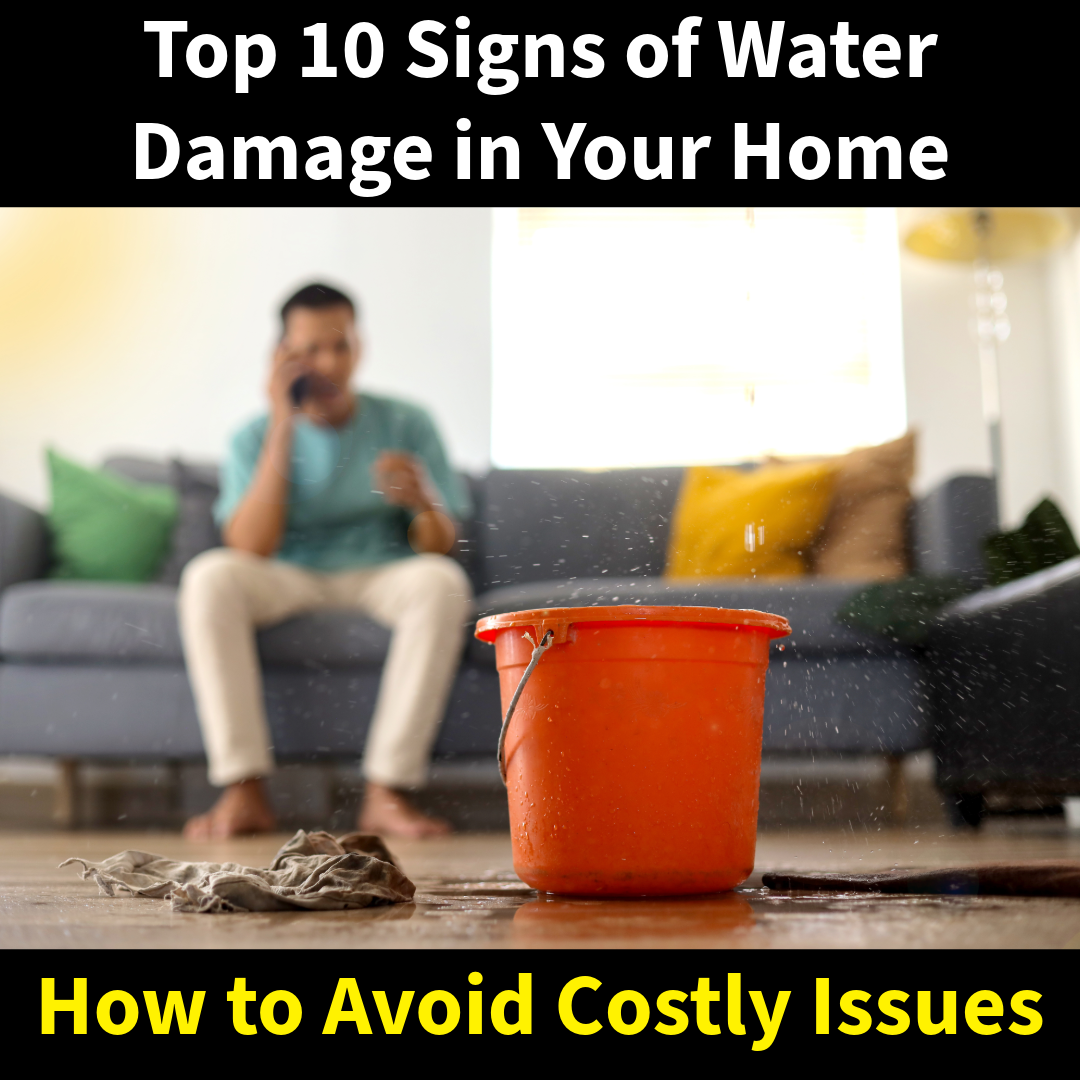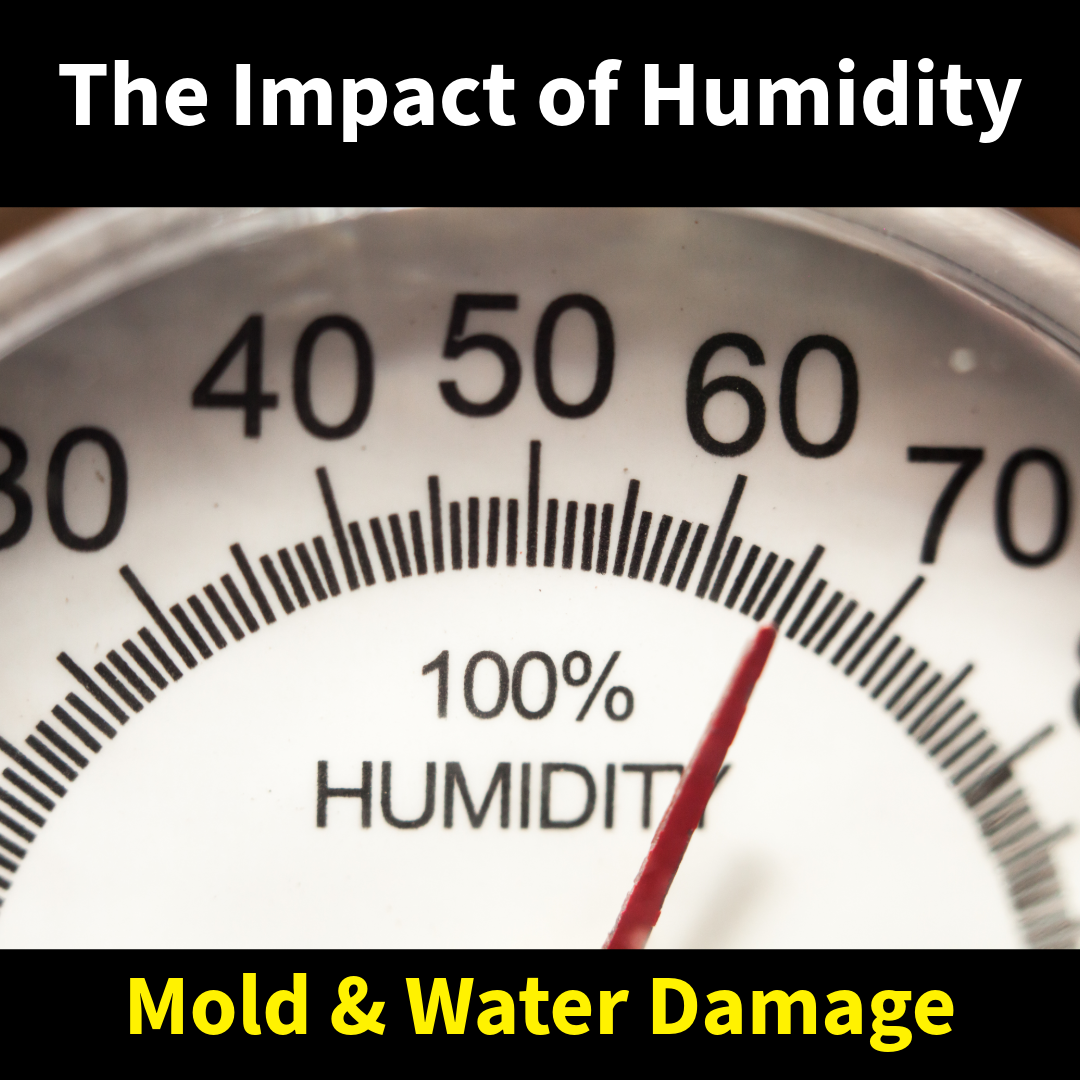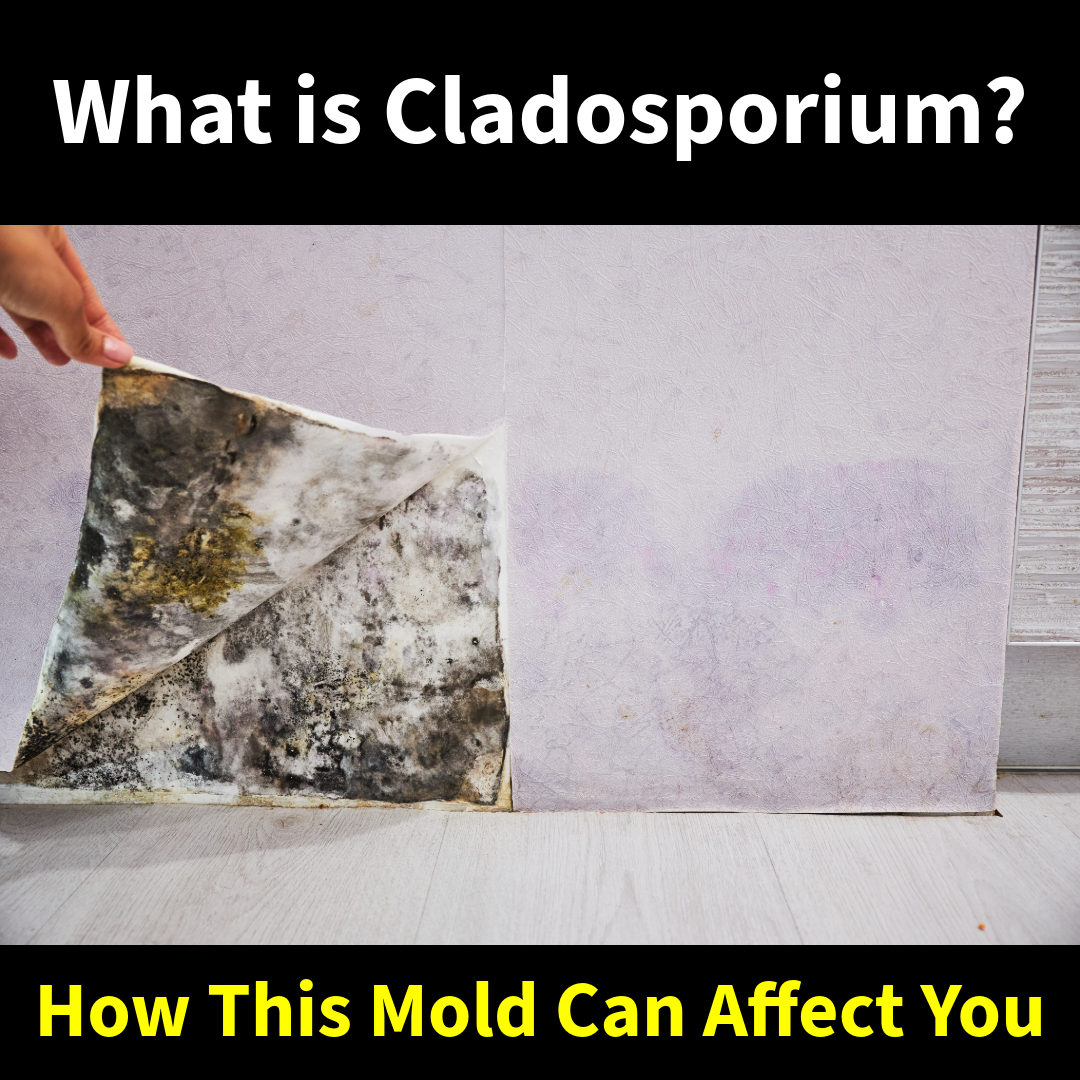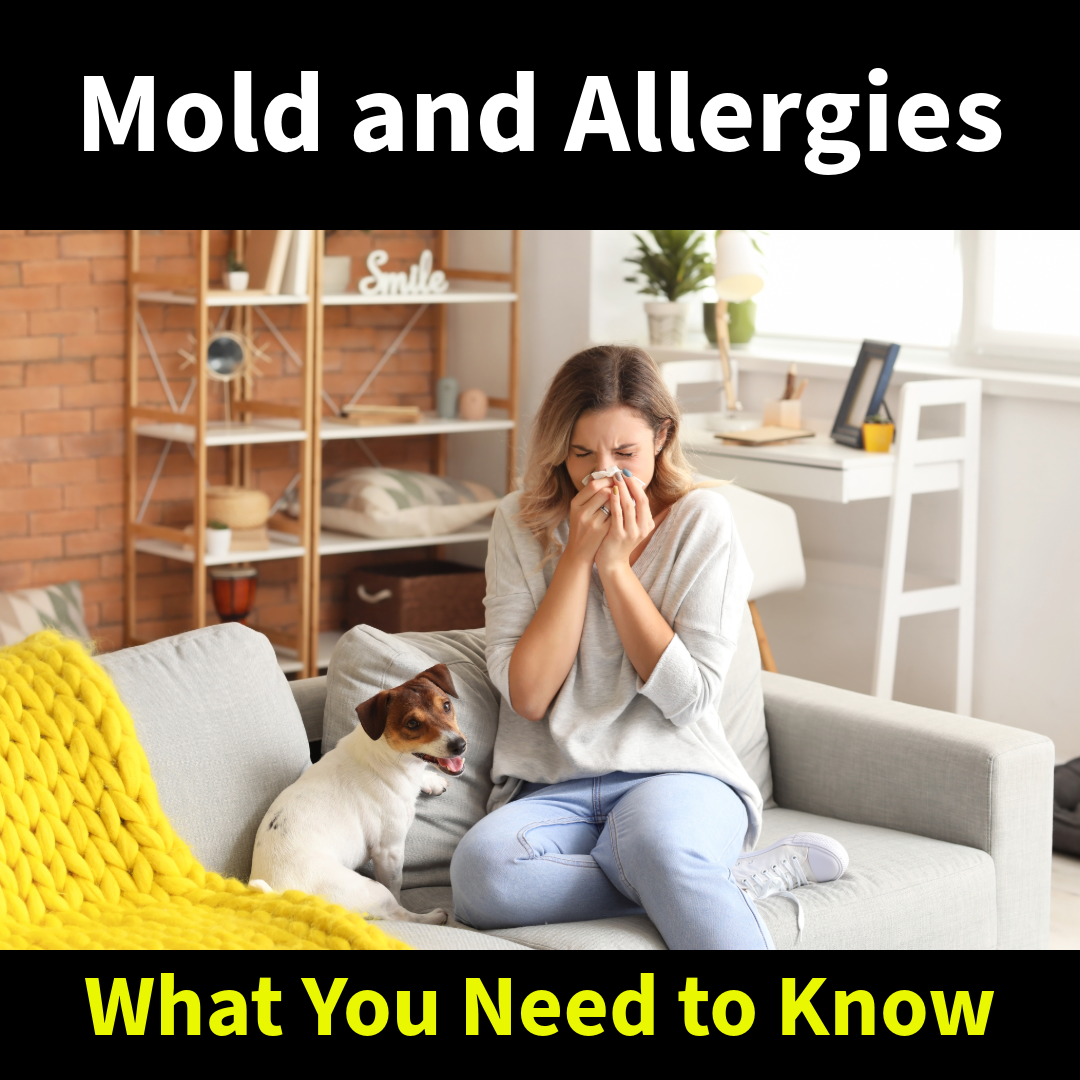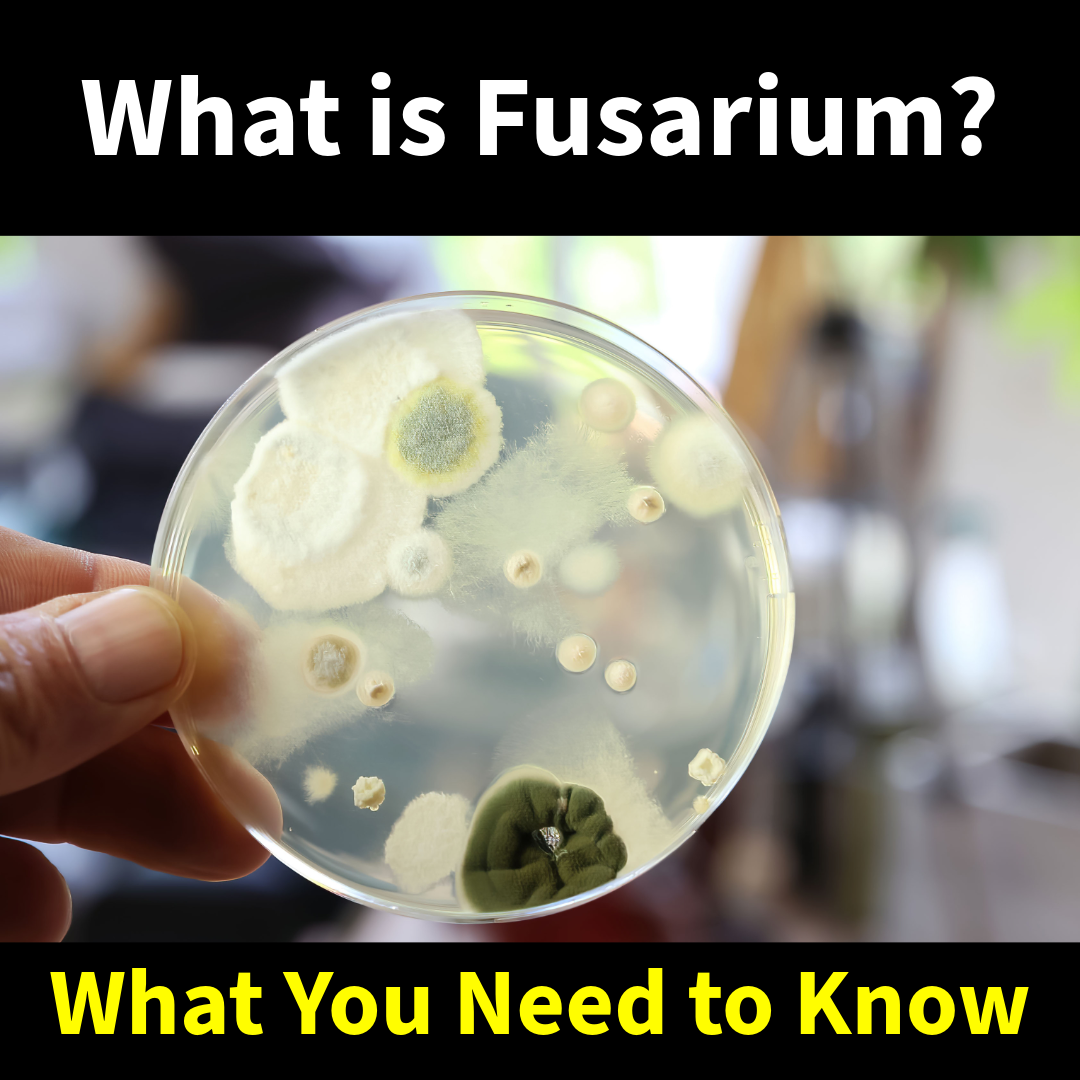Water damage can be sneaky, often hiding in plain sight and causing extensive issues if left untreated. Recognizing the early signs is essential to prevent costly repairs and maintain the safety and value of your home. Here are the top 10 signs of water damage that every homeowner should know:
1. Water Stains on Walls or Ceilings
Discolored patches on walls or ceilings, often yellow or brown, are classic signs of water damage. These stains indicate that water has seeped through and dried, leaving behind minerals and residues.
What to Do: Check above or behind the stain for leaks, such as a damaged roof or plumbing issue.
2. Peeling or Bubbling Paint and Wallpaper
Water behind walls can cause paint or wallpaper to lose adhesion, leading to peeling, bubbling, or warping.
What to Do: Remove the affected material to inspect the underlying wall for moisture and damage.
3. Warped or Swollen Flooring
Hardwood, laminate, or tile floors that buckle, crack, or swell are clear indicators of water intrusion. This often happens when water seeps under the flooring and causes the materials to expand or weaken.
What to Do: Investigate nearby water sources like plumbing or appliances for leaks.
4. A Musty or Damp Odor
A persistent musty smell often signals hidden water damage, especially if mold or mildew is present. Basements, attics, and areas with poor ventilation are common culprits.
What to Do: Look for damp surfaces and mold growth. Use a dehumidifier to reduce moisture levels while addressing the source of the smell.
5. Mold Growth
Mold thrives in moist environments and can appear as dark spots or fuzzy patches on walls, ceilings, floors, or even furniture. It’s a strong indication of excessive moisture.
What to Do: Mold remediation is essential. Depending on the extent of growth, you may need professional help to remove it safely.
6. Increased Water Bills
An unexplained spike in your water bill could indicate a hidden leak somewhere in your plumbing system. Even small leaks can waste significant water over time.
What to Do: Inspect your plumbing fixtures and pipes for signs of dripping or pooling water.
7. Cracks in Walls or Foundations
Water can seep into foundation cracks, expanding them over time and potentially weakening the structure of your home. Look for new or worsening cracks in walls, ceilings, or basement floors.
What to Do: Seal the cracks and ensure proper drainage around your home to prevent water pooling near the foundation.
8. Sagging Ceilings or Walls
A ceiling or wall that appears to sag or bulge may have water trapped behind it. This can pose a safety risk as the structure weakens over time.
What to Do: Act quickly to drain the water and repair the structural damage before it worsens.
9. Dripping or Pooled Water
Visible water is the most obvious sign of water damage. Check for puddles near appliances, plumbing, windows, or doors.
What to Do: Clean up the water immediately and locate the source to prevent further damage.
10. Rust or Corrosion
Metal components, like pipes, water heaters, or fixtures, may show signs of rust or corrosion when exposed to moisture over time. This is often a sign of ongoing leaks.
What to Do: Repair or replace the affected components and address the underlying moisture problem.
Why Addressing Water Damage is Critical
Ignoring water damage can lead to:
- Structural issues like weakened walls, floors, or foundations.
- Mold growth, which poses health risks.
- Expensive repairs as the damage spreads.
Call the Experts
If you notice any of these signs, don’t wait! Water damage can escalate quickly, leading to more extensive repairs and higher costs. At Mold Solutions & Inspections, we specialize in water damage restoration, offering fast and effective solutions to protect your home.
Contact us today for a free consultation or to set up an onsite inspection. Your home deserves the best care—let us help you restore it to its original condition.

